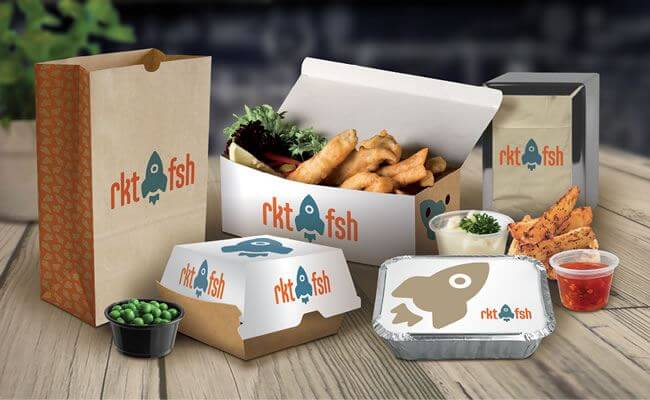In recent years, the printing industry has seen significant advancements with the introduction of energy curing inks. These inks, which include both UV and LED curing technologies, have revolutionized the way printing is done. However, alongside these advancements, the importance of safety in their application cannot be overstated.
The use of energy curing inks is becoming more widespread due to their efficiency and environmental benefits. But how safe are these inks for both workers and consumers? In this article, we will delve into the safety aspects of energy curing inks and explore how the industry is addressing these concerns.

Understanding Energy Curing Inks
Energy curing inks are a type of ink that cure or dry instantly when exposed to a specific type of energy, such as ultraviolet (UV) light or LED light. This rapid curing process offers numerous advantages, including faster production speeds and reduced environmental impact.
The Mechanism of UV and LED Curing
The curing process involves a photoinitiator, a chemical compound that reacts to light. When exposed to UV or LED light, the photoinitiator triggers a chemical reaction that causes the ink to harden instantly. This method is both efficient and eco-friendly.
Safety Concerns with Energy Curing Inks
Despite their advantages, there are safety concerns associated with the use of energy curing inks. One of the primary concerns is the potential health risks posed by the chemicals used in these inks, particularly when they are not fully cured.
Health Risks for Workers
Workers involved in the printing process are at risk of exposure to uncured inks and the chemicals they contain. Prolonged exposure can lead to skin irritation, respiratory issues, and other health problems. Thus, proper safety measures are essential to protect workers.
For more information on ink safety, you can refer to this external resource.
Consumer Safety
Consumers are also a concern, particularly regarding the migration of ink chemicals into food packaging or other sensitive applications. Ensuring that inks are fully cured is crucial to preventing chemical migration.
For insights on safe inks for food packaging, visit this external blog.
Regulations and Standards
Several regulations and standards govern the use of energy curing inks, focusing on minimizing health risks and ensuring consumer safety. These include guidelines on the safe handling of chemicals and the proper curing of inks.
Occupational Safety Measures
Companies are required to implement safety measures, such as providing protective gear and ensuring adequate ventilation in printing environments. Regular safety training and monitoring are also essential to minimize risks.
Technological Innovations in Safety
Advancements in technology are also playing a role in enhancing the safety of energy curing inks. Innovations such as improved photoinitiators and more efficient curing systems are helping to reduce the risks associated with these inks.
Future Trends
Looking ahead, the future of energy curing inks is promising. Continued research and development are expected to lead to even safer and more efficient inks, further solidifying their place in the printing industry.
Conclusion
In conclusion, while energy curing inks offer numerous benefits, safety remains a paramount concern. By adhering to regulations and embracing technological innovations, the printing industry can continue to enjoy the advantages of these inks while ensuring the safety of workers and consumers alike.

Frequently Asked Questions
What are energy curing inks?
Energy curing inks are inks that cure or dry instantly when exposed to specific energy sources like UV or LED light, offering fast production and eco-friendly benefits.
Are energy curing inks safe for food packaging?
When fully cured, energy curing inks are considered safe for food packaging. It is essential to follow industry standards to ensure safety.
What safety measures should be taken when using energy curing inks?
Proper ventilation, protective gear, and regular safety training are crucial safety measures to protect workers from potential health risks associated with energy curing inks.
For additional reading, explore articles on metal food packaging, ink performance, and migration-safe inks.
This article contains affiliate links. We may earn a commission at no extra cost to you.






